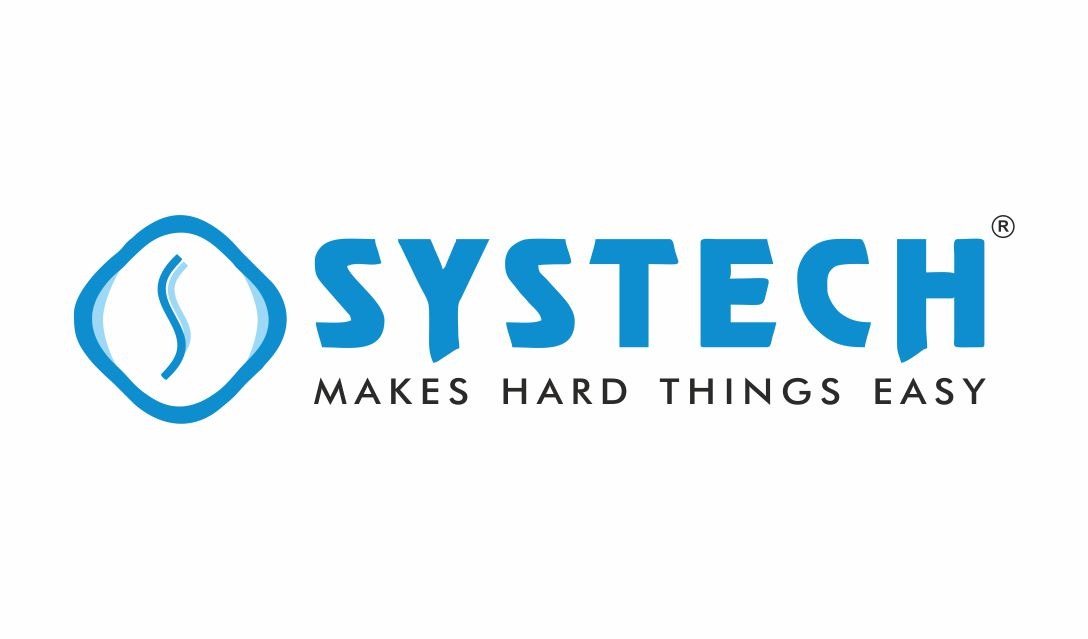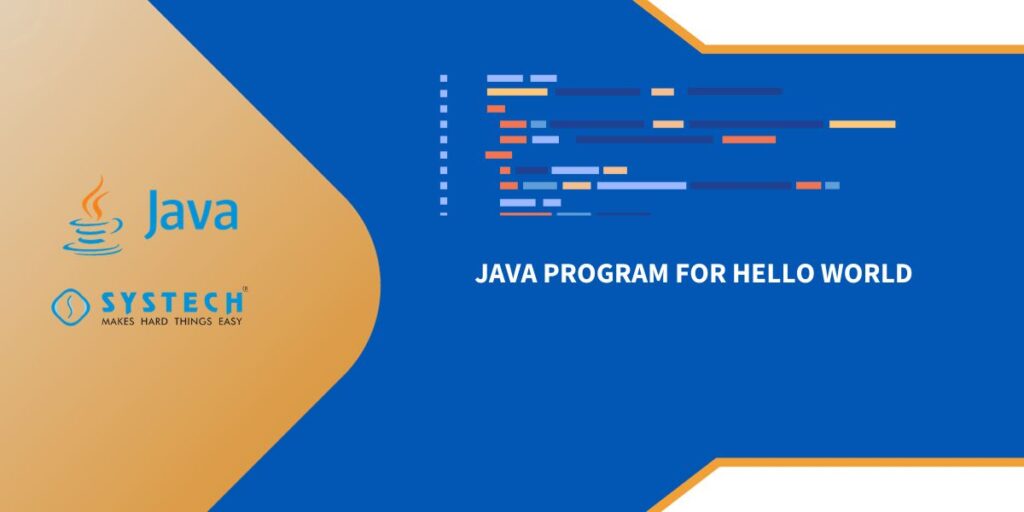Introduction:
The given Java program is a simple “Hello, World!” program. It serves as a basic introduction for beginners learning a new programming language, in this case, Java. The program demonstrates the fundamental structure of a Java program and how to use the System.out.println statement to output text to the console.
Explanation:
- Class Declaration: The program starts with the declaration of a class named HelloWorld. In Java, the main method, which is the entry point of execution, must be inside a class.
- Main Method: The main method is the starting point of the program’s execution. It is declared with the keyword public (accessible from outside the class), static (can be called without creating an instance of the class), and void (does not return any value). The String[] args parameter allows the program to accept command-line arguments, although in this case, it’s not used.
- Print Statement: Inside the main method, there is a single statement using out.println. This statement prints the string “Hello, World!” to the console. The println method is used to print a line and move the cursor to the next line.
Algorithm:
- Start
- Declare a class named HelloWorld.
- Inside the class, declare the main method with the following signature:
- Inside the main method, write the following statement to print “Hello, World!” to the console.
- Close the main method and the class declaration.
- End
This algorithm represents the flow of execution in the given Java program. It’s a sequential set of instructions that begin with the program’s entry point (main method) and end when the main method finishes its execution.
Code :
public class HelloWorld {
public static void main(String[] args) {
System.out.println("Hello, World!");
}
}
Result :
Hello, World!
FAQ’s
- Question: What is a common starting point for learning Java programming?
Answer: A common starting point for learning Java programming is creating a “Hello, World!” program. It’s a simple introductory program that helps beginners understand the basic syntax and structure of Java.
- Question: How can I write a basic Java program to display “Hello, World!”?
Answer: You can write a basic Java program to display “Hello, World!” by creating a class with a main method and using the System.out.println(“Hello, World!”); statement within the method.
- Question: What is the simplest Java program to print “Hello, World!” to the console?
Answer: The simplest Java program to print “Hello, World!” to the console involves declaring a class, adding a main method, and using System.out.println(“Hello, World!”); inside the method.
- Question: Can you provide an example of a Java program that demonstrates the “Hello, World!” concept?
Answer: Certainly! Here’s an example of a Java program that prints “Hello, World!”:
- Question: How do I create a Java program of “Hello, World!” for practicing programming basics?
Answer: To create a Java program of “Hello, World!” for practicing programming basics, start by creating a class, adding a main method, and using System.out.println(“Hello, World!”); within the method.
- Question: In the context of Java programming, what is a common initial exercise?
Answer: A common initial exercise in Java programming is writing a program that outputs “Hello, World!” to the console. It helps beginners grasp the essential structure of a Java program.
- Question: What is a classic example of a beginner-friendly Java program?
Answer: A classic example of a beginner-friendly Java program is the “Hello, World!” program. It serves as a simple and effective introduction to writing and running Java code.

